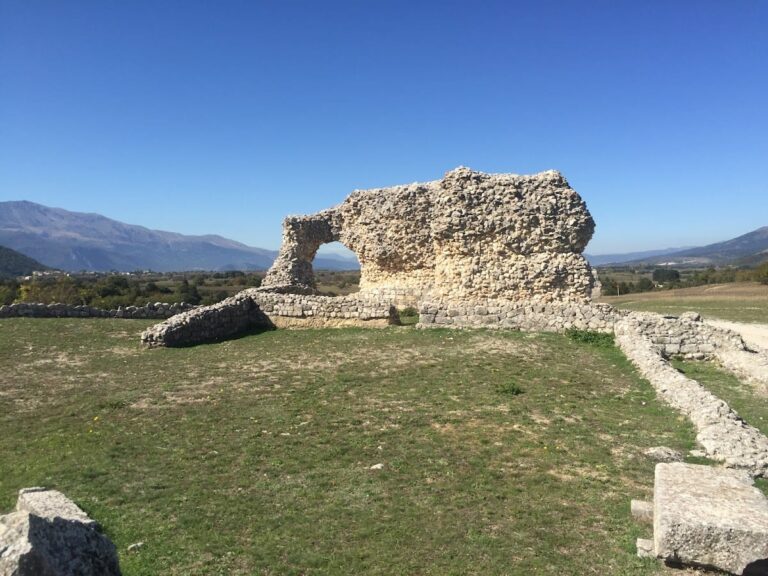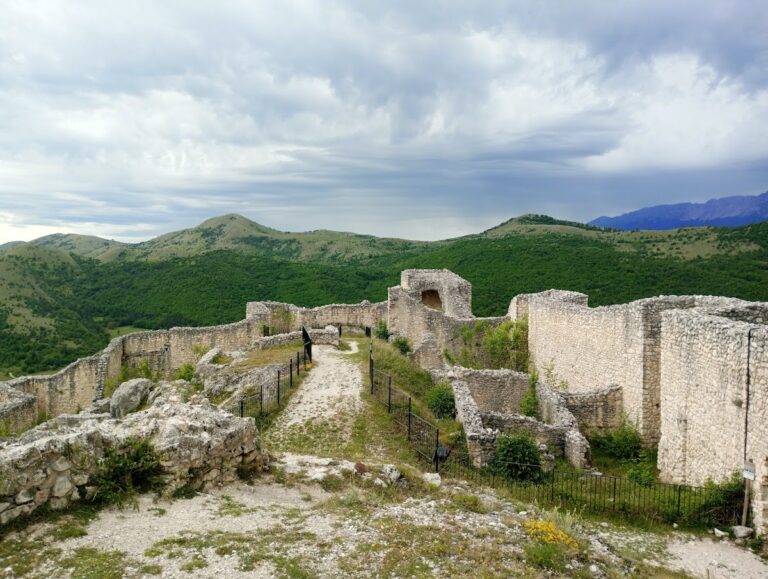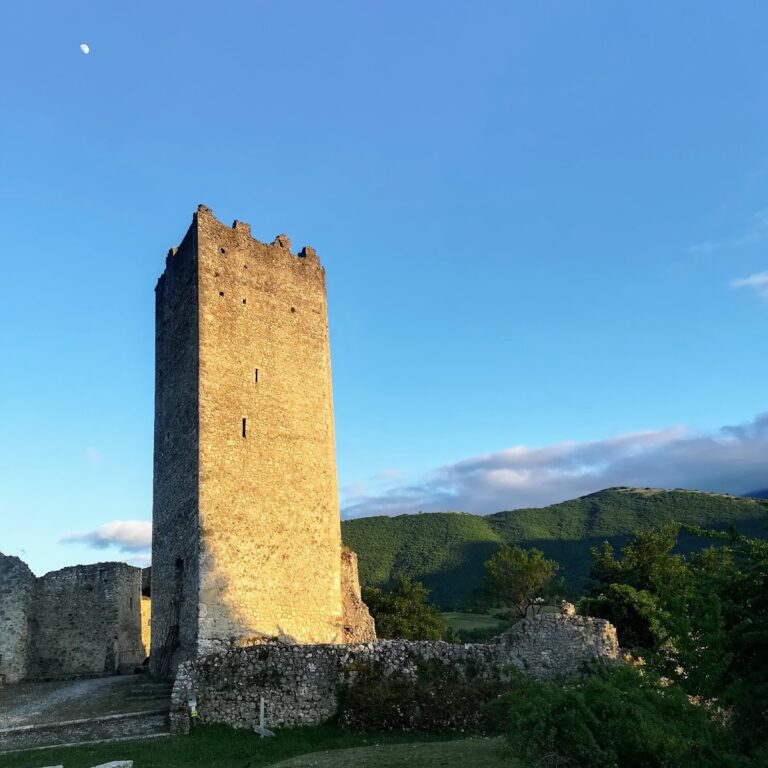Castle of San Pio delle Camere: A Medieval Fortress in Italy
Visitor Information
Google Rating: 4.5
Popularity: Very Low
Google Maps: View on Google Maps
Country: Italy
Civilization: Unclassified
Remains: Military
History
The Castle of San Pio delle Camere stands in the municipality of San Pio delle Camere, Italy, and was originally constructed during the medieval period by local powers aiming to secure their territory. The earliest written record dates to 1173, when the castle was recognized as a fief under the Bonagiunta family, who hailed from Poppleto, known today as Coppito. This initial ownership situates the castle within the network of feudal holdings common to central Italy at the time. Eventually, control of the castle passed into the hands of the Caracciolo family, signaling a continuity of noble oversight throughout the Middle Ages.
Throughout its active history, the castle was primarily intended as a defensive refuge rather than a permanent noble residence. It served the surrounding community by providing shelter to residents and their livestock during periods of military threat or unrest. This reflects the castle’s strategic importance amid the often turbulent political landscape of medieval Abruzzo, where local populations relied on fortified structures for protection.
During the 14th century, the castle’s structure underwent significant changes, specifically the raising of its enclosing walls. This likely involved a stepped building technique intended to strengthen the fortifications around the existing mastio, or main tower, highlighting an evolution in military architecture responding to new defensive needs.
The castle’s fortunes waned sharply in 1424 when it suffered an attack led by the renowned condottiero Braccio da Montone amid the conflict known as the war of L’Aquila. This military action not only damaged San Pio delle Camere’s fortress but also targeted several nearby castles, including those of Barisciano, Bominaco, Fossa, Ocre, and Tussio. The assault left the castle in a ruined condition that persists today, marking the end of its role as a defensive stronghold.
Remains
The ruins of the Castle of San Pio delle Camere reflect a triangular fortified enclosure positioned on the slopes of Monte Gentile, overlooking both the village and the Navelli plain. This location was strategically chosen to oversee the surrounding territory, including the ancient tratturo Magno, a major livestock route connecting L’Aquila to Foggia. The castle’s layout consists of a triangular plan, with its most prominent feature being the mastio, or main tower, situated at the triangle’s highest point.
The mastio displays a unique “a puntone” design, meaning its plan combines a square with an equilateral triangle. This architectural choice distinguishes the tower and suggests a careful balance between geometric form and defensive function. The tower was the first component constructed, serving as the core stronghold before the later addition of the surrounding walls.
Encircling the mastio, the castle’s walls were built using a stepped technique, rising progressively to encompass the main tower. Along these curtain walls, smaller defensive towers called torri rompitratta are spaced at regular intervals. These towers provided vantage points for surveillance and helped break up potential enemy attacks along the boundary walk, known as the chemin de ronde, allowing defenders to patrol the walls effectively.
The enclosure reflects two clear construction phases: the initial establishment of the mastio followed by the 14th-century expansion and elevation of the curtain walls. This development not only improved the castle’s defensive capabilities but also adapted the fortress to evolving military tactics of the medieval period.
Today, the castle remains in a ruined state, testimony to the destructive assault it endured in the early 15th century. The surviving structures convey the original organization and defensive purpose of the fortress, while its commanding position and design illustrate the strategic considerations of medieval fortification in this region of Italy.










